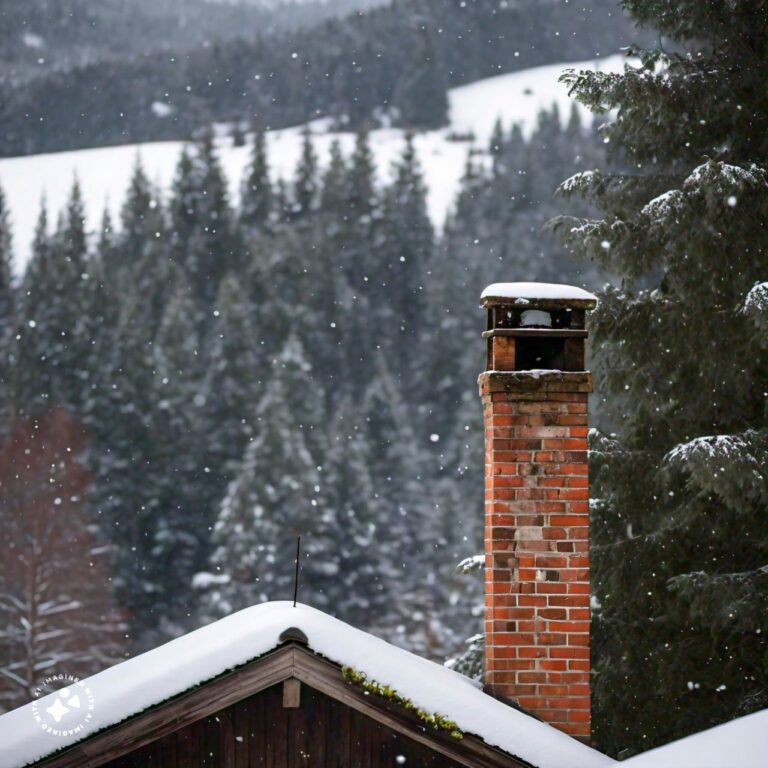So, you’ve decided to breathe some new life into your space with a fresh coat of paint. It’s an exciting adventure, whether you’re gravitating towards a soothing pastel or a bold hue. But before diving brush first into that paint can, there’s an inevitable question on the horizon: “Should I really prime walls before painting them?”
Don’t fret! We’re here to untangle the mystery of priming and to guide you brushstroke by brushstroke.
Prime Walls Before Painting – Why Should You Care?
At first glance, priming might seem like an unnecessary extra step. However, it’s a game-changer in many painting scenarios. Priming is essentially giving your wall a base layer, setting the stage for the main act – the vibrant paint you’ve so lovingly chosen.
1. Bidding Adieu to Old Colors and Marks: Maybe your wall is flaunting a shade reminiscent of decades gone by or has been the unfortunate victim of an accidental spill. Whatever the case, priming acts as a concealer, ensuring these past remnants don’t crash your paint party.
2. The Ultimate Wall Smoother: Imagine your wall is a canvas. For a masterpiece, you need a smooth foundation. Primers play the part, evening out minor imperfections and granting a flawless finish for your paint.
3. Paint’s Best Buddy – Adhesion: Primers ensure that your paint clings better to the wall. Think of it as creating a bond, a friendship between wall and paint that’s meant to last.
4. Pocket-Friendly: Odd as it sounds, priming can be easy on your wallet. How? Primed surfaces often absorb less paint, meaning fewer layers and less paint spent. A win-win!
But, it’s not always about going the primer route. Sometimes, circumstances allow for shortcuts.
When You Might Give Primer a Miss:
1. Repainting Over Similar Shades: If you’re merely freshening up a wall with a closely related color, especially if it was painted not too long ago, you might skip the priming.
2. Paint-Primer Combos: Time-crunch? There’s a solution for that. Some paint varieties come with built-in primers. A word of caution: the outcome might slightly differ from the traditional two-stage priming and painting process.
A Few More Tips on the “Prime Walls Before Painting” Quest:
- Wall Material Matters: Porous surfaces like drywall tend to absorb paint, making primer a valuable ally. On the other hand, if you’re dealing with non-porous surfaces, the necessity for primer diminishes.
- Check the Can: Always read the manufacturer’s recommendations on the paint can. Some modern paints are formulated to work well without a primer, while others may specifically call for one.
- Seek Expert Advice: If you’re in a dilemma, don’t hesitate to consult with painting professionals or experts at your local paint store. A little guidance can make your painting journey smoother.
In Conclusion…
The decision to prime walls before painting is a blend of understanding your wall’s backstory, your aesthetic aims, and the resources you’re willing to put into the task. It’s not strictly black and white. Like many aspects of home improvement, it’s a dance between practicality and preference.
Next time you’re in a discussion or simply researching the subject, remember the keyword “prime walls before painting” and circle back to this guide. Knowledge is power, and in this case, the power to transform spaces! Happy painting adventures!







